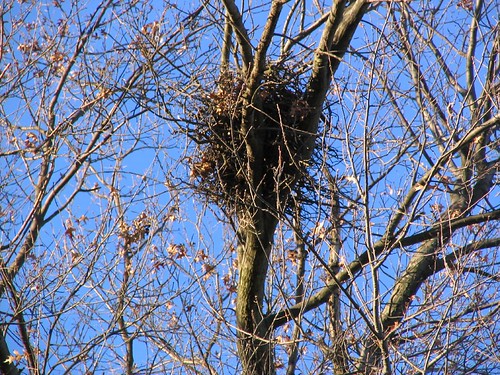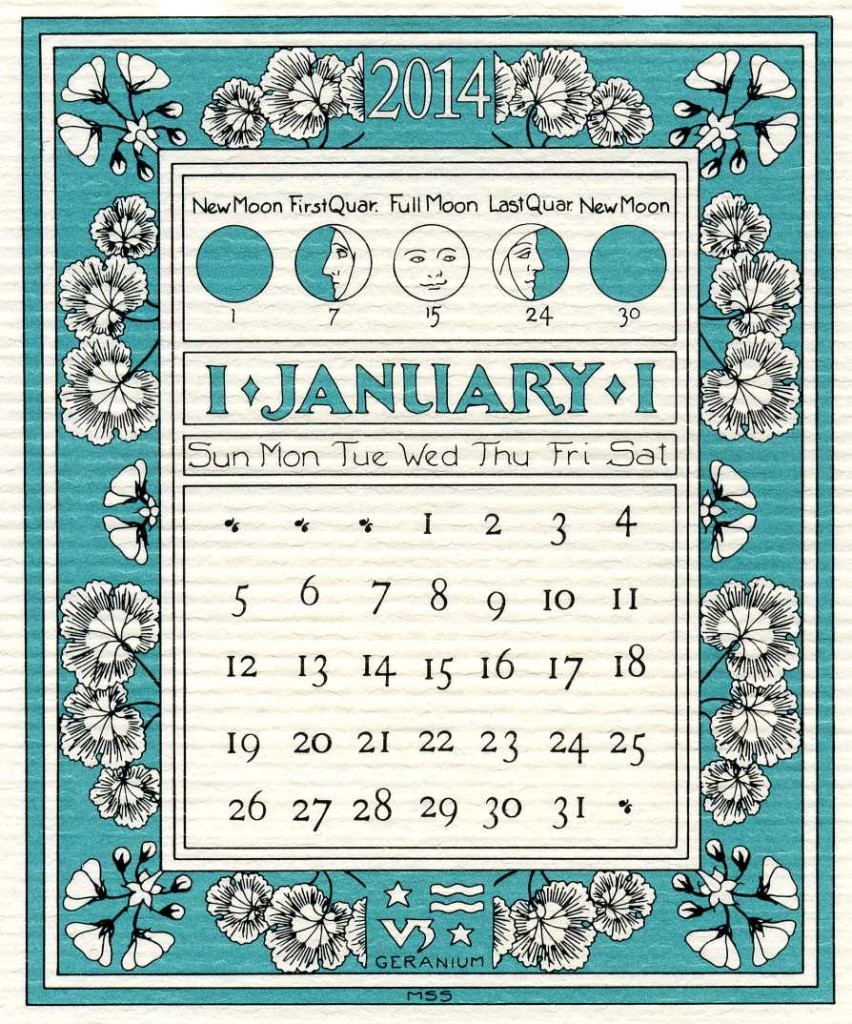 As the trees lose their foliage, you may begin to notice large, round clumps of leaves in the branches. These are squirrel nests—also known as dreys.
As the trees lose their foliage, you may begin to notice large, round clumps of leaves in the branches. These are squirrel nests—also known as dreys.
In Massachusetts, eastern gray squirrels, red squirrels, and northern and southern flying squirrels all make dreys.
Eastern Gray Squirrel Nests
Eastern grays are large squirrels that thrive in urban and suburban environments. Not surprisingly, they make the biggest, most obvious nests. These structures can be a foot or two wide, and are usually located 20 feet or higher up a tree that provides good squirrel food, like an acorn-bearing oak. For stability, they’re built near the trunk or at the fork of two strong branches.
These scraggly-looking nests consist of leafy branches, with an inner layer of soft material like moss and pine needles. The squirrels enter the drey through a hole facing the trunk.
If you think that a ball of leaves in a tree sounds like a chilly place to spend the winter, you’re right. Eastern gray squirrels use dreys in summer, but they prefer to spend the cold months in a more protected place, like a tree cavity or an attic. (We’ve got tips for dealing with squirrels in your house.) If such permanent shelter isn’t available, they’ll stick with a drey, often gathering together to conserve heat.
Eastern gray squirrels use nests for shelter and warmth, especially at night, but they don’t hibernate in them—in fact, they don’t hibernate at all! They stay active year-round, searching for food that they hid during warmer weather. Also, one of their two mating seasons is in January and February.
Other Squirrel Nests
Red squirrels, which enjoy nibbling on pine cones, will often build their dreys in conifers. Like eastern grays, they’re active in the winter, and they also prefer tree cavities and other more permanent shelters during the cold months—but they’ll make do with tree nests if they have to.
The shy, secretive northern and southern flying squirrels also stay in dreys when cavities are scarce. They’ll either build their own, or use an abandoned bird’s nest or other squirrel’s nest.
Are there any squirrel drays in your neighborhood?


 The holiday season is all about traditions. One tradition that we hold very dear at Mass Audubon is the petite Ring-Standard Calendar. Since we began selling it decades ago, people from all over the country (and beyond) eagerly await the day the calendar goes on sale and then proceed to order dozens to distribute to family, friends, and co-workers.
The holiday season is all about traditions. One tradition that we hold very dear at Mass Audubon is the petite Ring-Standard Calendar. Since we began selling it decades ago, people from all over the country (and beyond) eagerly await the day the calendar goes on sale and then proceed to order dozens to distribute to family, friends, and co-workers.